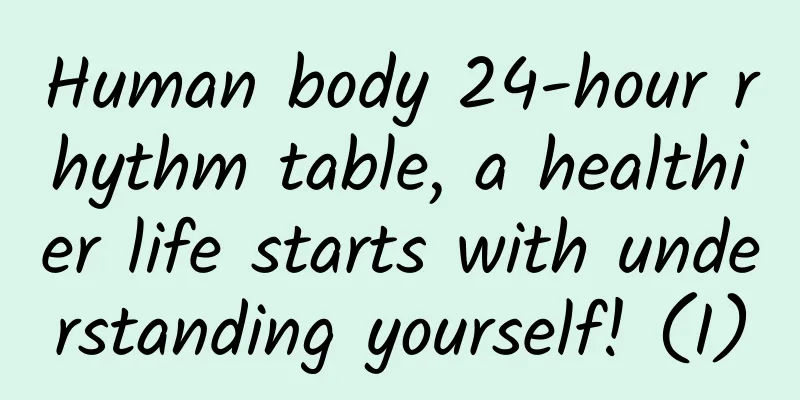What are the manifestations of right ovarian cysts?

|
Women nowadays are often troubled by gynecological diseases and suffer from a variety of them. Some gynecological diseases have almost no symptoms in the early stages of the disease, so many people do not know that they are ill. By the time abnormal symptoms are discovered, the condition is already very serious and treatment is relatively difficult. Therefore, it is necessary for us to understand the symptoms of some diseases. So, what will happen if a woman has a right ovarian cyst? The right ovarian cyst is the right adnexal cyst. Generally, adnexal cyst refers to ovarian cyst. Ovarian cyst is a common benign tumor of the female reproductive organ, which is called "stone mass" or "intestinal cyst" in traditional Chinese medicine. It is divided into mucinous cystadenoma, serous cystadenoma, benign teratoma, fibroma, testicular blastoma and other types. Most of them have the possibility of malignant transformation and are common in women aged 20-50 years old. Clinical classification of right ovarian cyst: (1) Qi stagnation and blood stasis type: manifested by a lump on one or both sides of the lower abdomen. Small lumps usually have no obvious symptoms, while large lumps may cause palpitations, shortness of breath, back pain, lower abdominal pain, constipation, frequent urination, and ecchymosis on the tongue. (2) Cold-dampness and stasis type: There is a lump in the abdomen. Edema of the lower limbs, fluid accumulation in the abdomen and chest, and poor appetite. (3) Qi stagnation and heat type: severe abdominal pain, abdominal distension, nausea, fever, chills, depression, Weakness and fatigue, increased vaginal discharge, thick and fishy in texture. The common characteristics of various types are that ovarian cysts are mostly unilateral, with intact capsules, mobility, smooth surface, no ascites, cystic, smooth cyst walls, uniform morphology, slow progression, and a long course of disease. Some ovarian cysts with endocrine functions may produce certain corresponding hormones due to the different tumor tissue components they contain, thereby interfering with the normal secretion of ovarian hormones and ovulation, resulting in symptoms such as amenorrhea, uterine bleeding, hirsutism and infertility. Some malignant or huge ovarian tumors destroy most of the ovarian tissue, which may cause ovarian dysfunction, anovulation, adhesion to surrounding tissues, and blockage of the fallopian tubes, all of which can cause infertility. The right ovarian cyst is also known as ovarian cyst, which is a benign tumor, but it may also become malignant. If the disease is serious, it can cause female infertility. Therefore, it is necessary to understand the symptoms of this disease. If you find yourself having these symptoms, you should seek medical attention in time. Don't delay the treatment because of indifference and regret it for the rest of your life. |
<<: What are the causes and hazards of female ovarian cysts?
>>: What causes adnexal cysts?
Recommend
Brown discharge at 7 weeks pregnant
There will be no menstrual discharge during pregn...
How long can breast milk be kept in the refrigerator?
After birth, the newborn's body needs a lot o...
Bleeding again three days after abortion
Before choosing an abortion, the doctor will care...
Can I get pregnant if I have sex on the day my period just ended?
Female friends all know that there are a few days...
How to treat pelvic displacement
Pelvic displacement can be caused by many factors...
What nutrition does chili sauce have? How to make chili sauce at home
Chili sauce contains many ingredients needed by t...
Papaya breast enhancement milk tea effect
Papaya is a fruit that many people often eat, and...
If you feel suffocated as soon as you move into a new house, be careful of ghosts!
Author: Fang Baomin, Chief Physician, Beijing Hos...
Can a couple get pregnant by rubbing against each other during menstruation?
Recently, the editor has received a lot of questi...
What is whey protein? How to drink whey protein
Whey protein is also a kind of protein. Moderate ...
Is it normal to have itchy vagina during menstruation?
Women experience itching down there during menstr...
Is it good for women to drink light salt water in the morning?
Nowadays, people in our lives pay great attention...
How far can a KTV princess be touched? Can a KTV princess be dated?
What does KTV princess mean? Sometimes when you a...
How long after caesarean section can I wear a belly band
The restraints commonly used after giving birth h...
Does it hurt after waking up from a painless abortion?
When a woman becomes pregnant unexpectedly and do...









